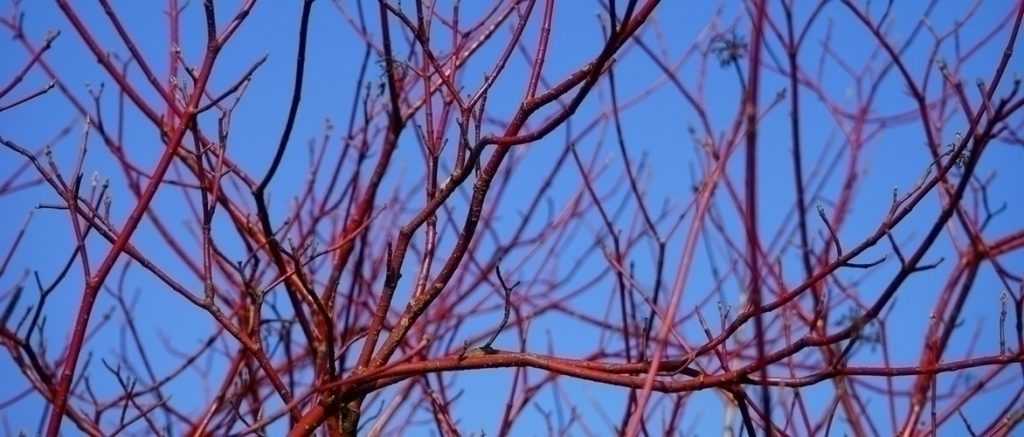
Dogwoods with decorative wood: 9 pairing ideas
elegant in all seasons
Contents
Essential in water gardens or contemporary landscapes, the Ornamental Dogwoods (Cornus alba, Cornus stolonifera, C. sericea, C.sanguinea) thrive in sunny or partially shaded borders, within country hedgerows, mixed borders or cool rockeries. They provide months of visual interest, from late spring through to the end of winter.
Alternately modern, elegant or natural, as striking focal points or in mixed plantings, these easy-going bushes adapt to all settings and contribute to varied atmospheres: their compact, bushy habit allows them to fit seamlessly anywhere without overshadowing their neighbours. Exceptionally hardy, they make perfect companions for more delicate or precious shrubs.
With coral red, blood red, mahogany, bright yellow or green stems, combine their vibrant bark for high-impact colour compositions, highlight their luminous foliage with golden leaves or play with contrasts against a backdrop of dark foliage. They help showcase other plants in borders, particularly winter flowers like narcissi, hellebores or Christmas roses.
Let inspiration guide you by experimenting with dramatic contrasts of red/white, complementary colours or subtle shades of soft or bold greens.
By the water
Dogwoods with decorative wood thrive by water which reflects their stems. If your garden has a pond or stream, you can plant large quantities of dogwoods with decorative bark to beautifully contain the banks and provide a great splash of colour in winter. Plant a Cornus stolonifera ‘Faviramea‘ with yellow bark, behind a foreground of Astilbes for example or alongside Winter Horsetails: their upright, straight stems will add a very graphic touch with their black rings on a green background and will echo those of the dogwoods.
In a mixed hedge for a striking effect
While they may not flower as profusely as spring-flowering dogwoods, decorative-barked dogwoods maintain an excellent bushy habit and make superb informal hedges all year round. From mid-spring, the cream-variegated leaves of the dogwood and the silvery foliage of an Elaeagnus will brighten the whole display. They combine beautifully with bushes offering complementary qualities such as outstanding spring flowering, like Chaenomeles japonica ‘Eximia’, the evergreen foliage of Photinia fraseri ‘Corallina’ or the fragrance of mock oranges. Highly ornamental berries will first appear white before turning blue by late summer. It’s when everything is bare that they truly astonish with the spectacular hues of their naked stems: coral-red, mahogany, lime-green or vivid red branches will warm up winter when paired with viburnums and clumps of artemisia – evergreen bushes that provide a verdant counterpoint. Also consider combining dogwoods with smoke trees in red or green, barberries and spindle bushes to create a dense, varied hedge.
Discover other Cornus
View all →Available in 1 sizes
Available in 1 sizes
Available in 2 sizes
Available in 1 sizes
Available in 1 sizes
Available in 2 sizes
Available in 3 sizes
Available in 2 sizes
Available in 3 sizes
Available in 2 sizes
To highlight a flowerbed
Ornamental dogwoods are perfect for creating focal points in the garden. They will add colour to your garden when other plants are in dormancy. Position them according to the spotlight effect you wish to create in spring, autumn and winter. Opt for variegated varieties like Cornus alba ‘Sibirica Variegata’ to bring light and brighten shady corners in spring and summer. With their changing foliage from spring to winter, from grey-green to pink-purple, they will complement and contrast beautifully when paired with Azaleas, Pieris or Rhododendrons. The Cornus sericea ‘Kelseyi’ will dress garden borders with a tapetum of orange-yellow leaves in autumn and vividly coloured red-brown stems thereafter.
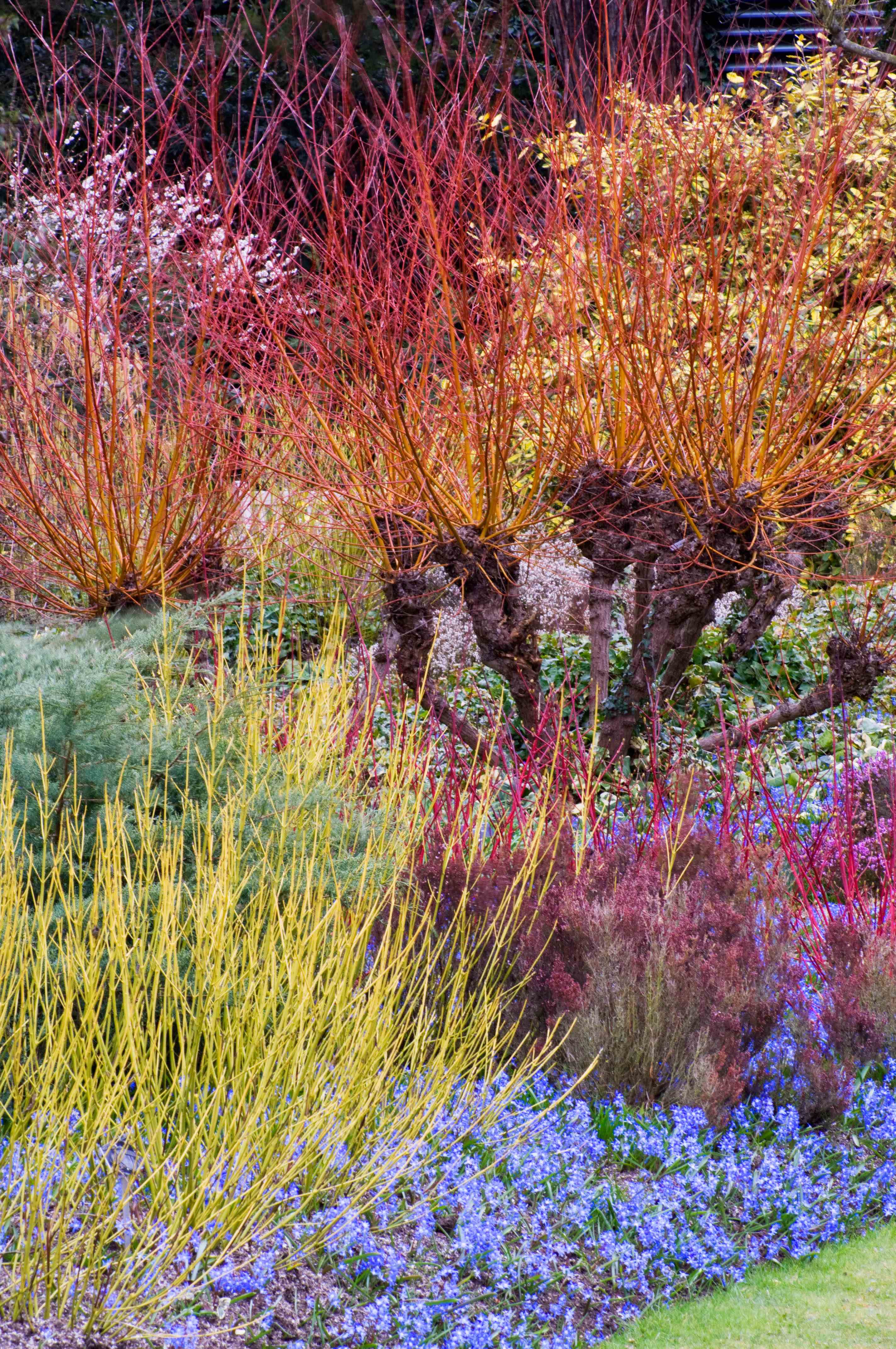

In the foreground of this winter border, the golden wood of Cornus stolonifera Flaviramea contrasts with the blue flowers of Chionodoxa luciliae edging the border. In the background, the orange wood of basket willow (Salix viminalis) illuminates the planting with the variegated and evergreen leaves of Elaeagnus ‘Limelight’
Read also
Pruning cornus to maintain their coloursTo play the four seasons in a mixed border
They offer staggered appeal throughout the year. In spring with numerous small bulbs flowering very early in the season (crocus, daffodils, snowdrops, botanical tulips), then with varied perennials whose lush green or white-variegated foliage turning fiery will serve as a setting. For a beautiful winter scene, plant the cornus with autumn Chrysanthemums, Hellebores and a multitude of snow heathers in white, deep rose or lilac-pink. They will form a tapetum upon which the vividly coloured stems of a Cornus alba ‘Sibirica’ will stand out. The naked, upright forms of dogwoods will introduce a striking pit that breaks the uniformity of the heathers.
Contrasting yellow/purplish-blue scene
You will particularly highlight the yellow-green foliage of certain dogwoods by contrasting them with blue tones. In spring, we play with complementary colours by pairing the lemon-yellow leaves of Cornus alba ‘Aurea’ with large dark blue perennial plants, such as aconites, campanulas, delphiniums, a Rhododendron ‘Marcel Ménard’ with large, rounded dark violet inflorescences, a Judas tree, or even a Nandina domestica ‘Obsessed Seika’ with purple foliage. Waving bouquets of lady’s mantle placed at the front of a flowerbed will enhance the yellow-green hue of a Cornus alba ‘Aurea’ planted as a backdrop alongside other yellow-green-leaved bushes (barberries, golden willows). The ornamental effect of golden dogwoods can be heightened by introducing yellow-toned perennial plants such as golden yarrows, cream astilbes, or golden-yellow daylilies. For contrasting scenes, pair them with the dark violet of Dahlia ‘Vancouver’, the pale mauve of asters, or the grey foliage of a blue cornflower.
In contrast with white and silvery tones
The decorative-barked dogwoods pair beautifully with other bushes that share similar qualities. The red shoots of the Cornus alba will strikingly highlight the silvery-white stems of winter brambles (Rubus cockburnianus and Rubus thibetanus) and the Himalayan birches with their snow-white bark. The Cornus alba ‘Kesselringii’, will stand out with its mahogany-red shoots in winter, highly graphic in appearance. Also consider mixing them with the silvery-grey foliage, always in motion, of white-stemmed willows (Salix irrorata) or eucalyptus with almost metallic hues. They will work wonders when surrounded at their base by hellebores and snowdrops with their maculate whiteness.
A contemporary variation with ornamental grasses
You can achieve a very contemporary look with the elegant yet dynamic lines of decorative wood dogwoods. In borders, pairing them with abundant ornamental grasses will bring a breath of modernity, lightness and fluidity to complement the dogwoods’ upright structure. For a striking winter scene, the vibrant red stems will create spectacular contrast alongside the golden reflections of feather reed grass or pampas grass, with the delicate gold and silver inflorescences of tufted hair grass or the copper-brown clumps of Carex. With their graceful forms, grasses create very “natural” screens in the background of borders, serving as both connectors and perfect foils for the vividly coloured stems of dogwoods.
In a pot on a terrace
Dogwoods are very attractive on terraces, in large, elongated containers for a mass effect. Plant narcissi, muscari and crocuses at their base: they will flower in spring through the wood. Pair them with a Pieris japonica ‘Forest Flame’, remarkable for its young red foliage turning coral pink then green in summer, a Japanese azalea, a cypress or dwarf pine, or even a Japanese herb with green summer foliage turning bronze in autumn. And, since they are pruned each year to encourage new coloured wood, they will maintain a size well-suited to container cultivation.
In a graphic bouquet
Do you love chic and natural decor? Keep the red or green branches of your dogwood to brighten up your interior! They structure bouquets whether they have a rustic or very sophisticated look. They shine in floral arrangements combining elegance and modernity, mixed with daffodils, forsythia, hydrangeas. With eucalyptus leaves, they’ll improvise a natural bouquet without flowers. Dogwood stems are widely used in Japanese floral art (ikebana), where they add verticality and colour when paired with flowering cherry or almond branches, twisted hazels and one or two beautiful flowers.
- Subscribe!
- Contents


































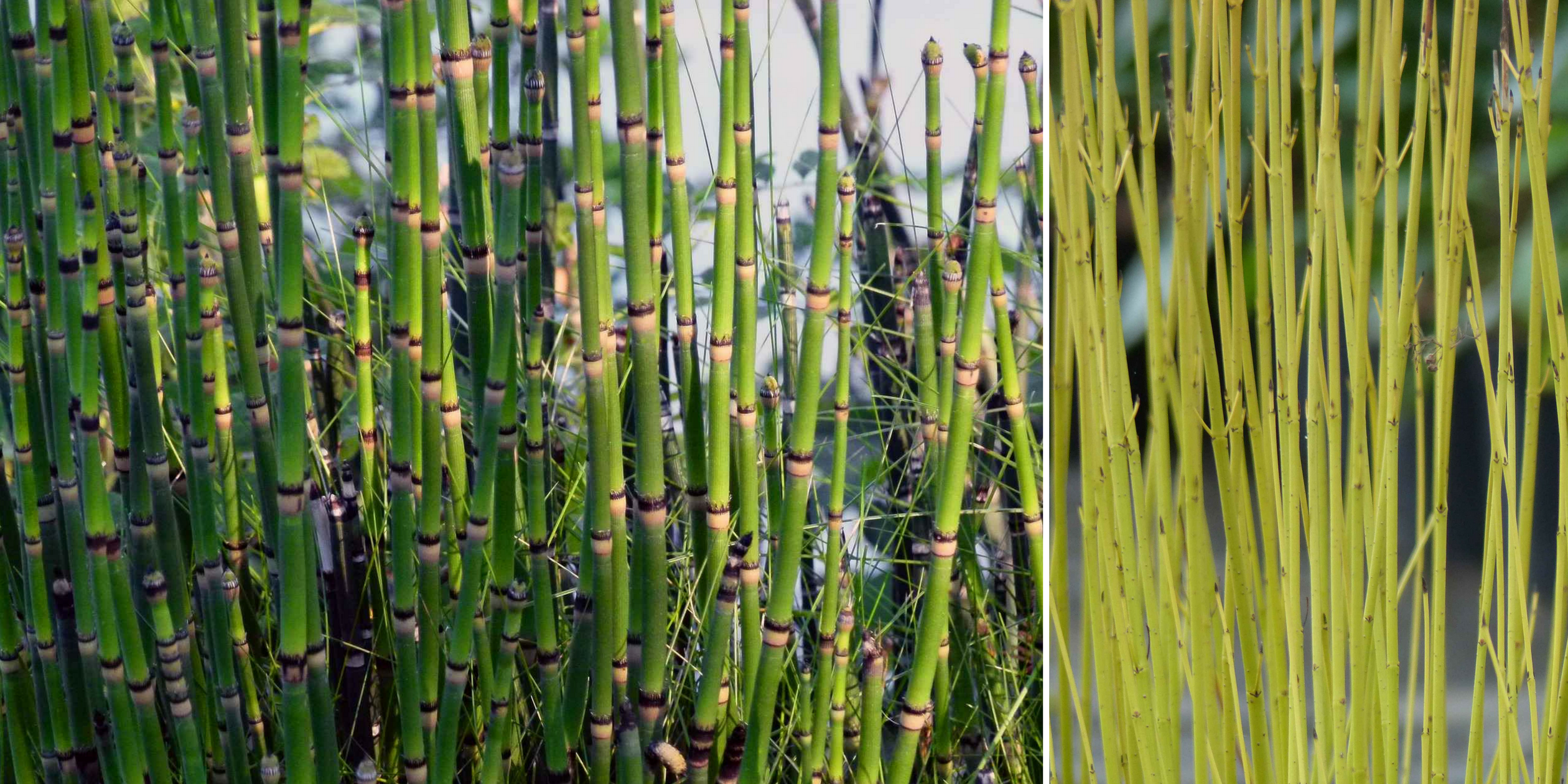

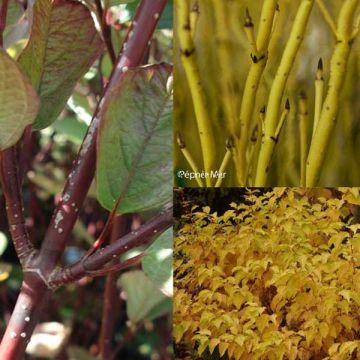
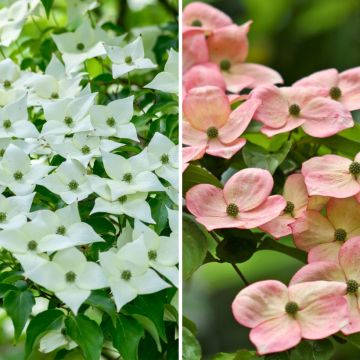
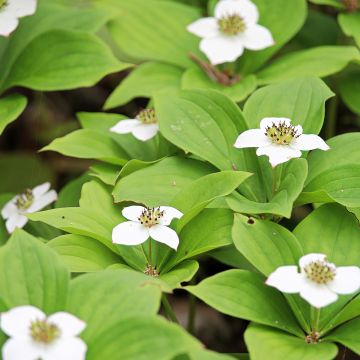
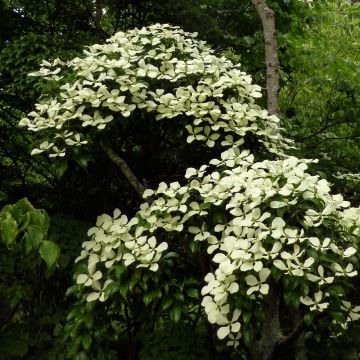
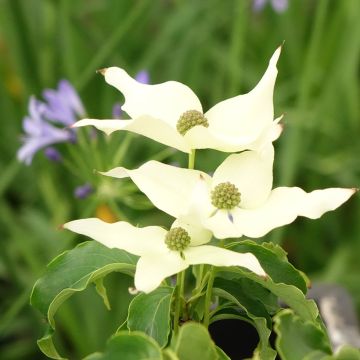
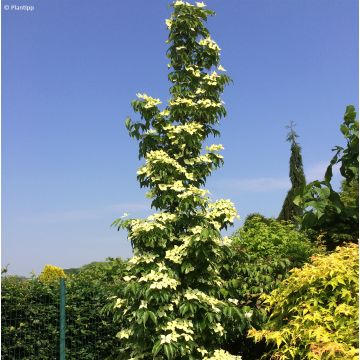
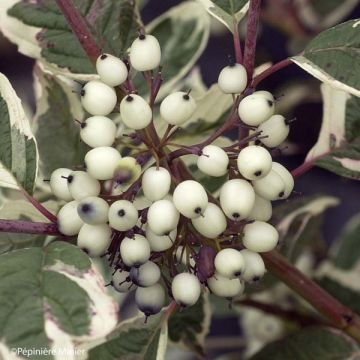
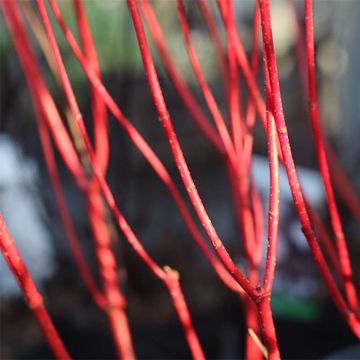


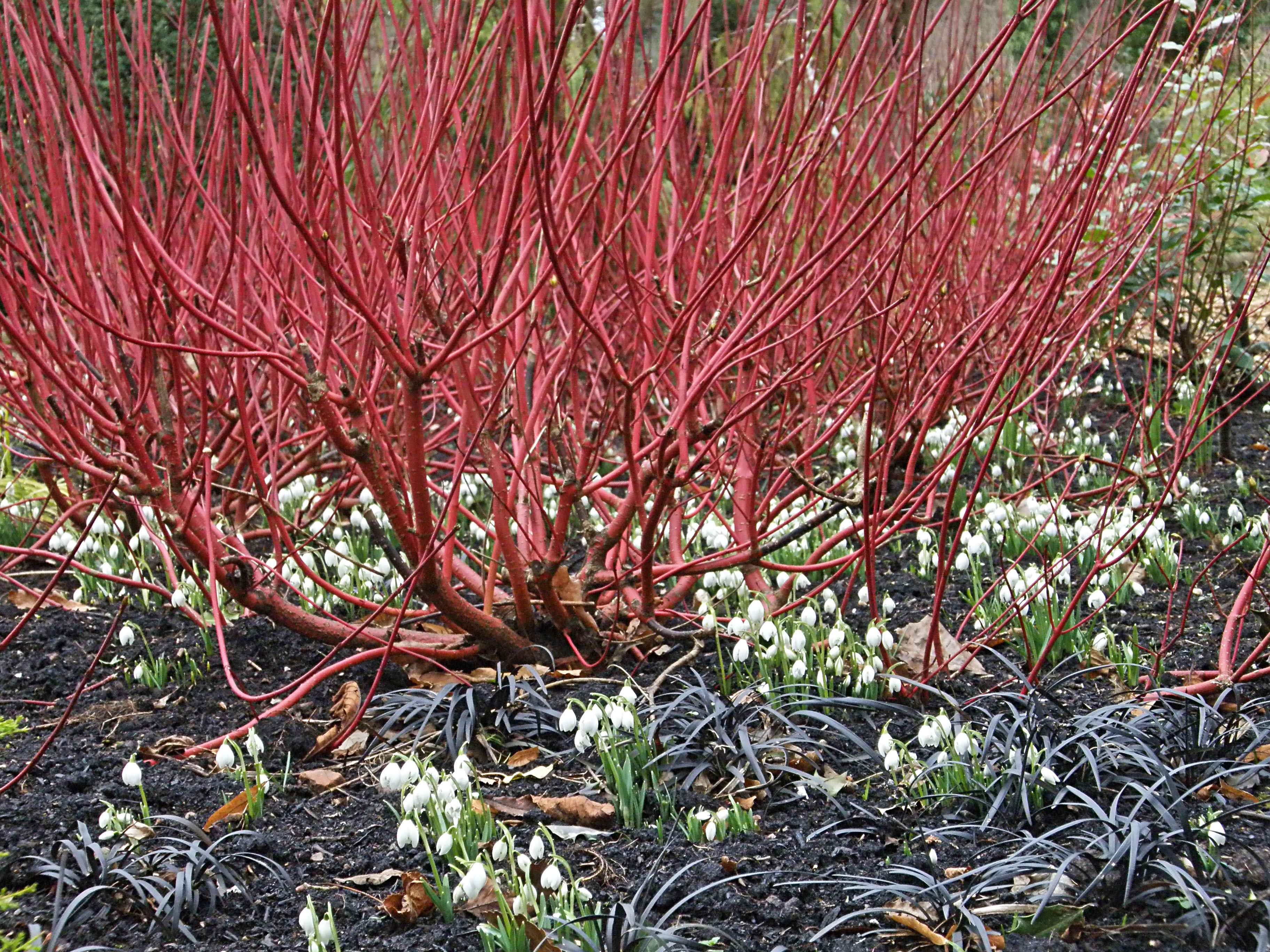

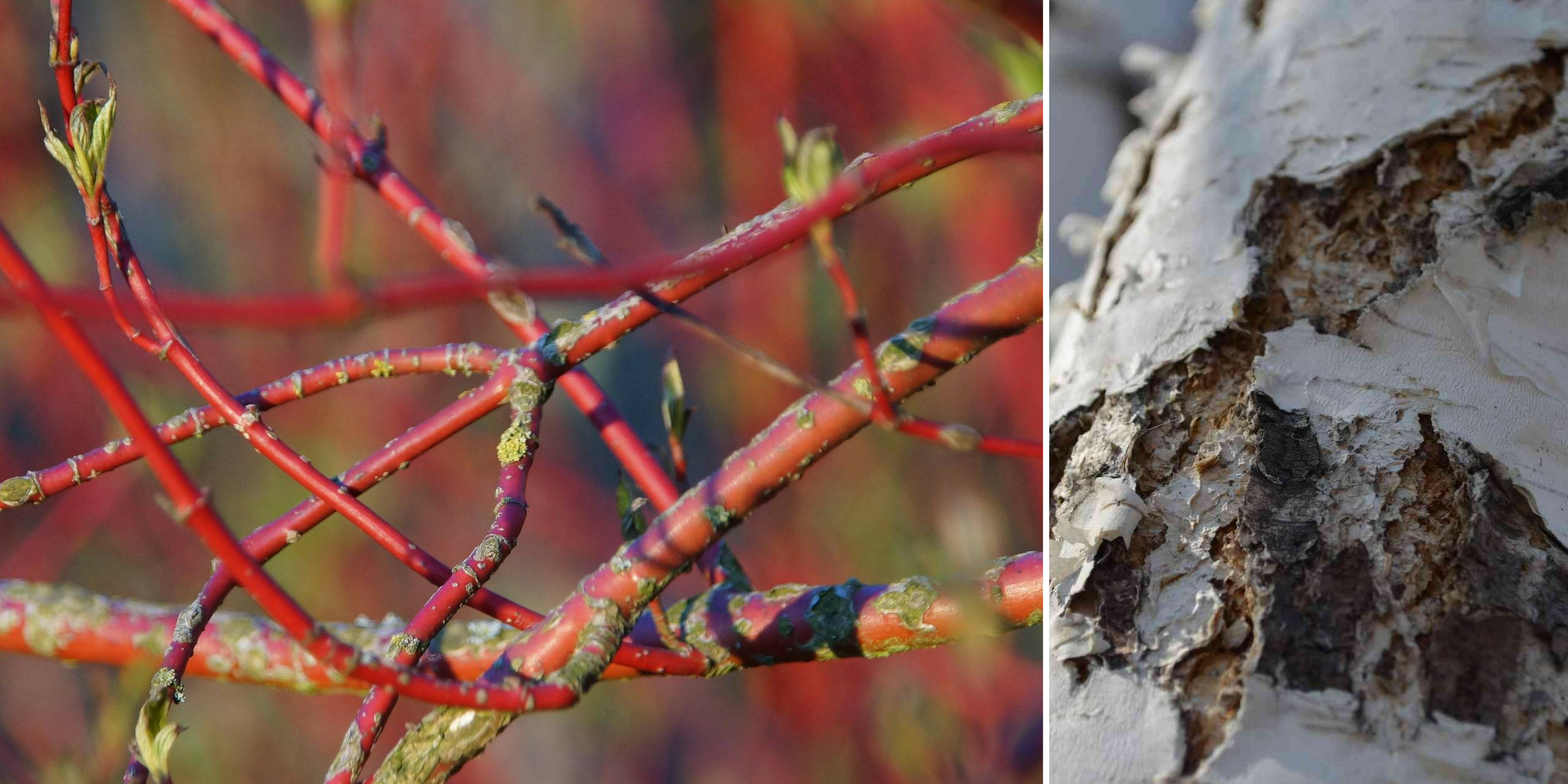
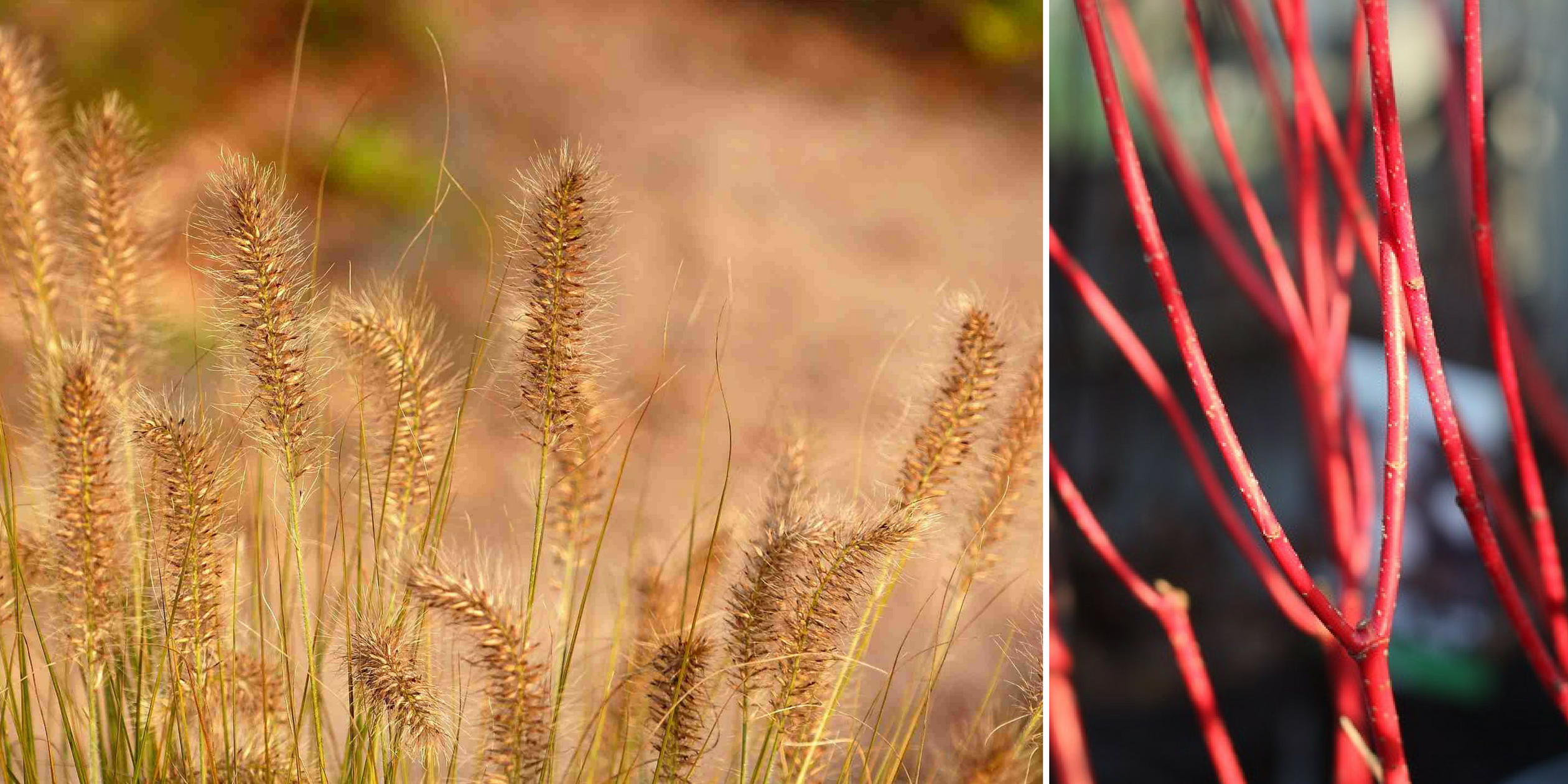
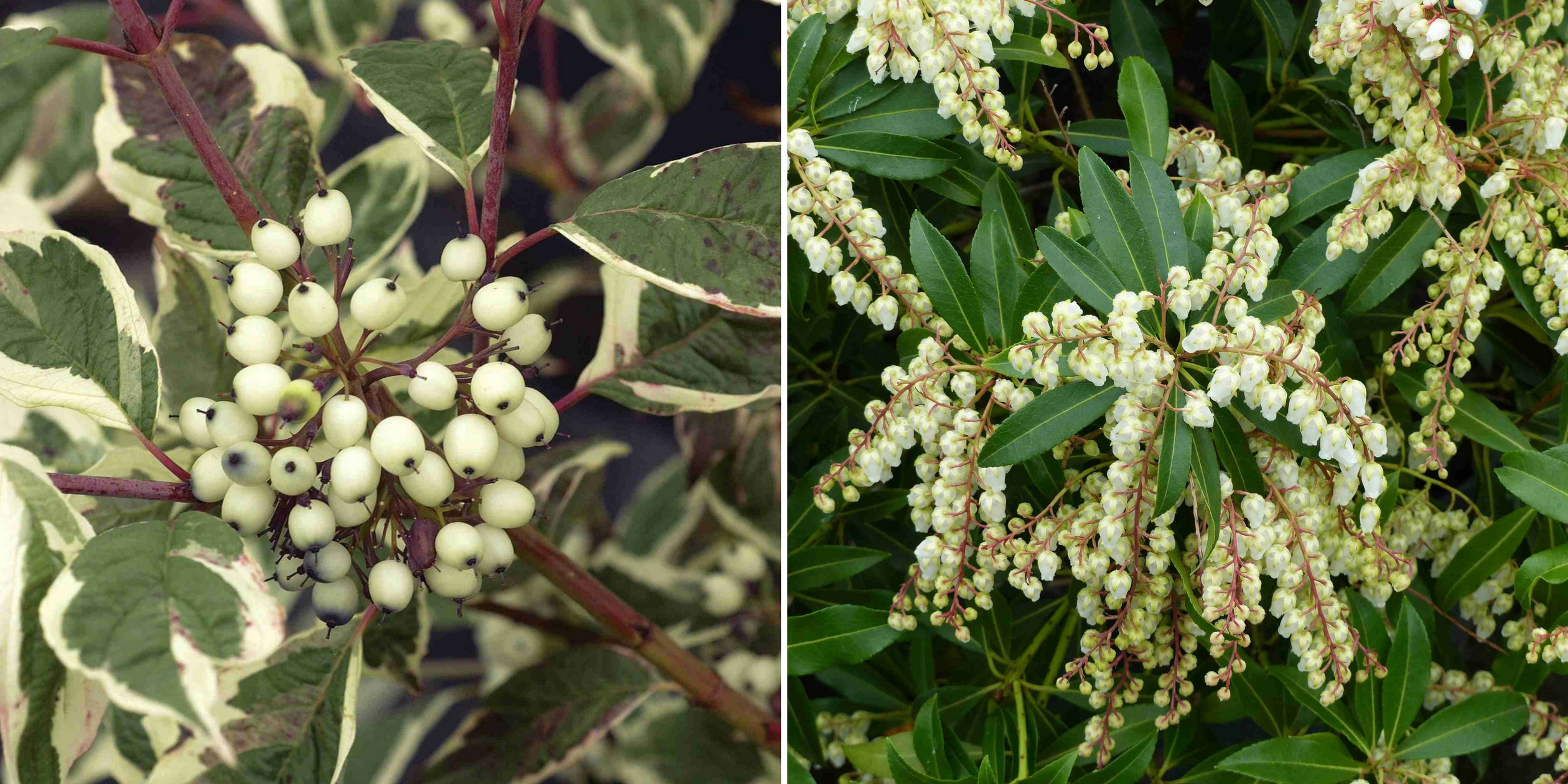
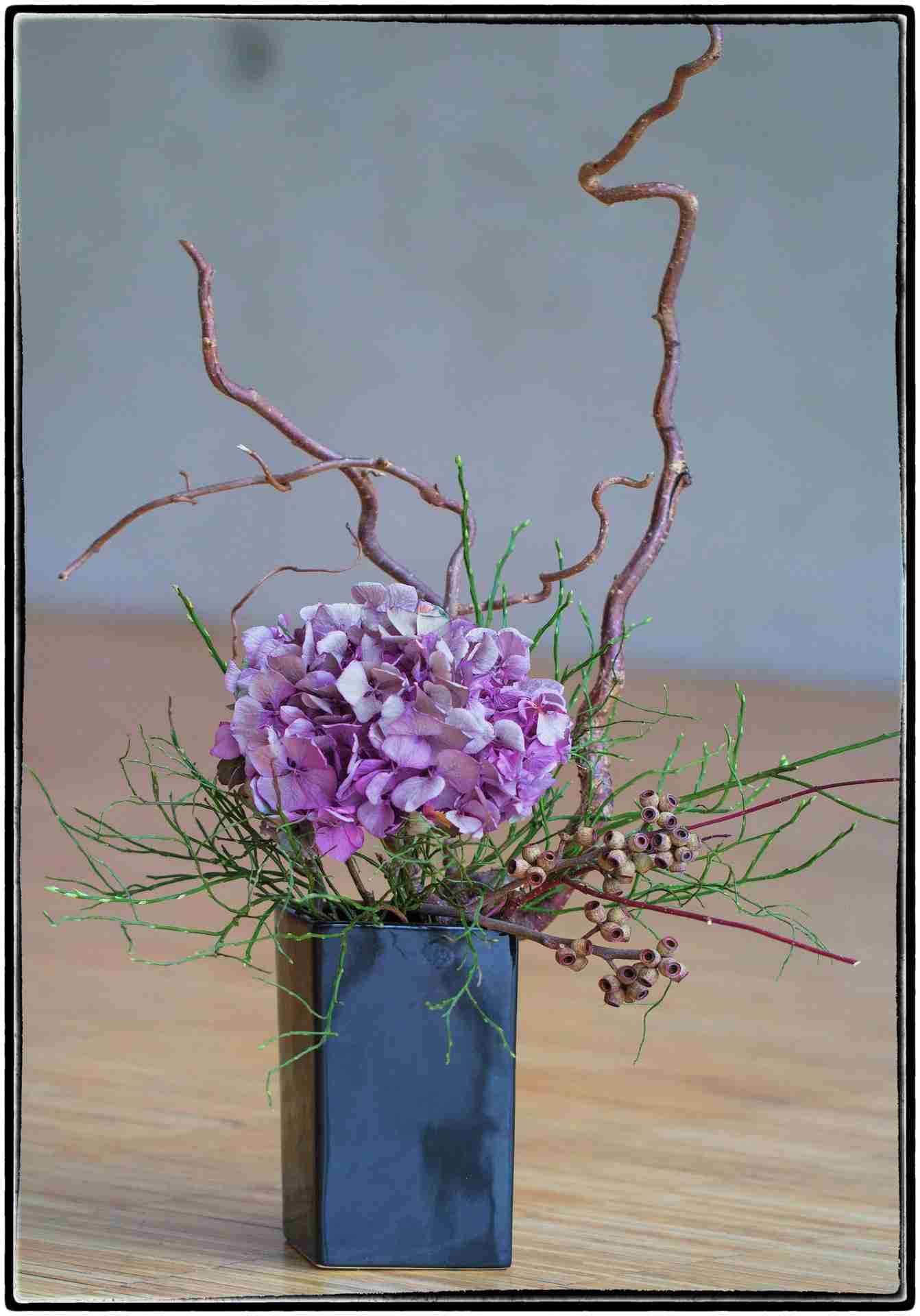
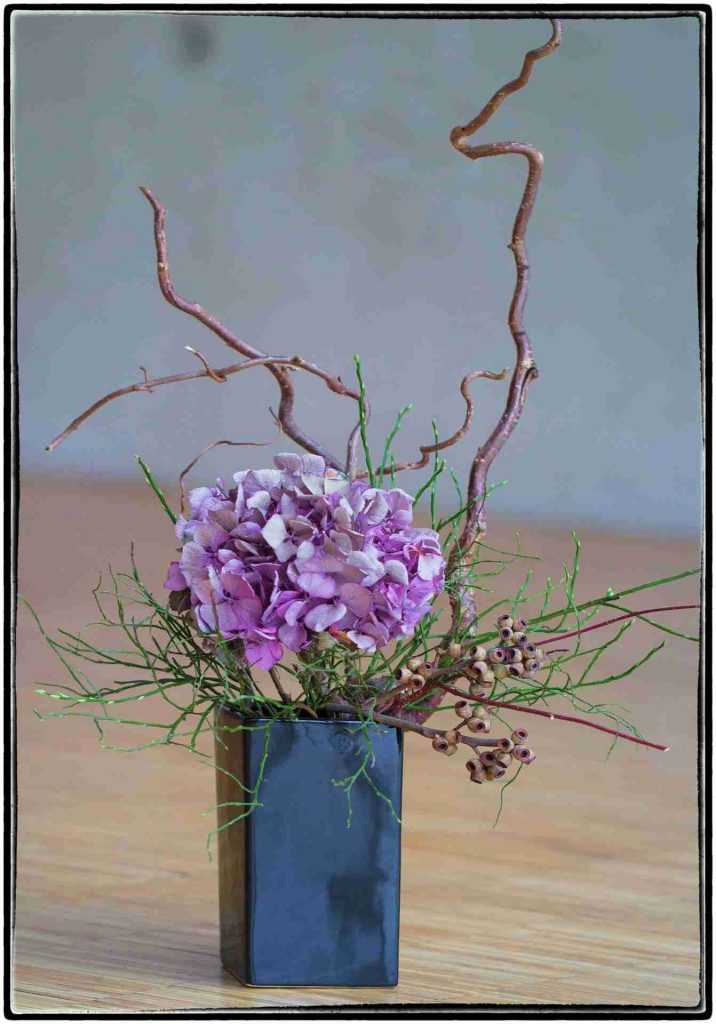
Comments